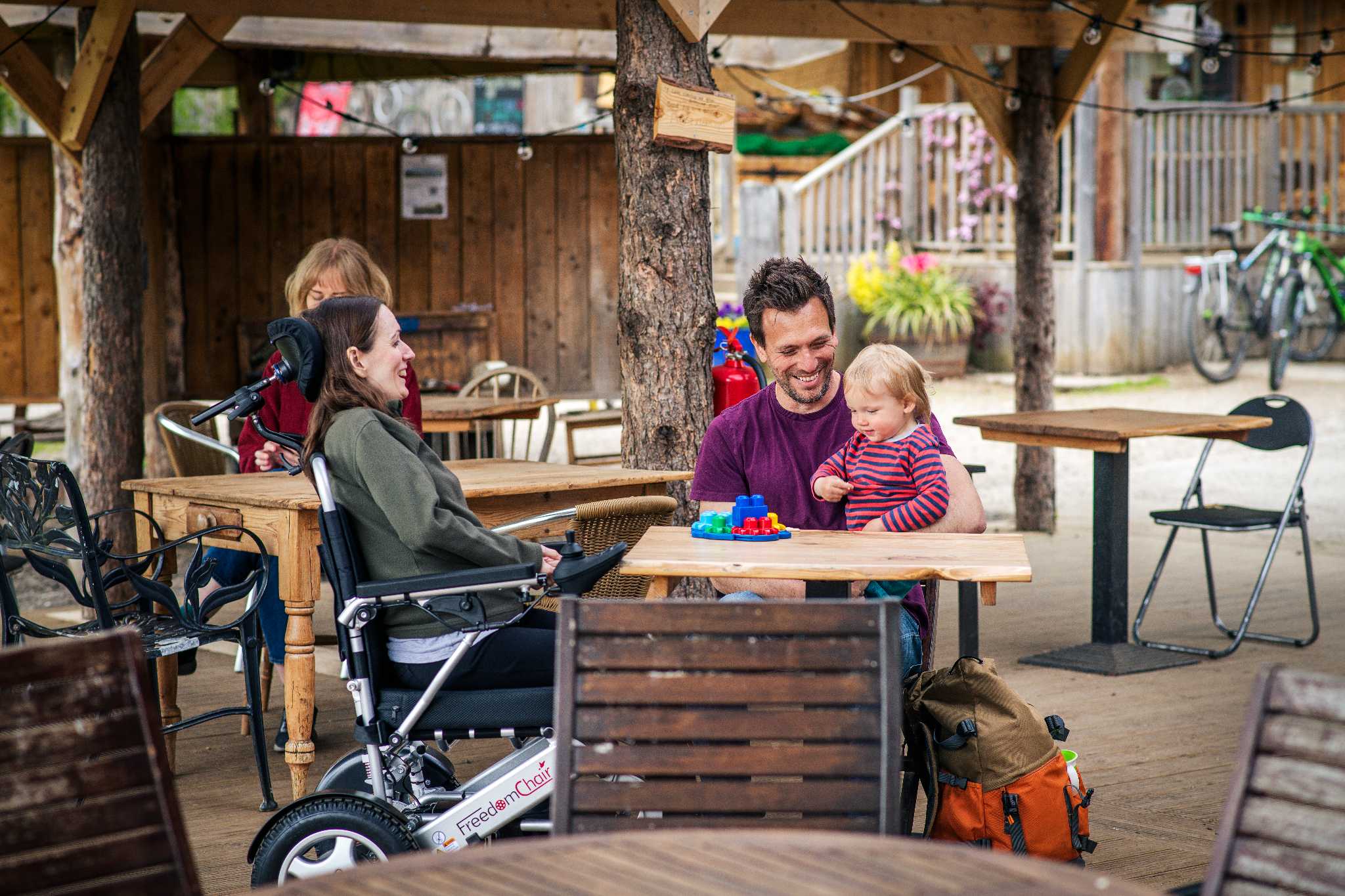Make it easy to find with SEO
Search engine optimisation (SEO) ensures your business is visible when potential customers search on Google or other search engines. By learning SEO best practices, and applying them to your website, you can increase both the quantity and quality of traffic you get from search engines.
Learn more about how to improve the SEO on your website.

Lochend Chalets
Make it easy to use with UX
User experience (UX) is the experience your visitors have each time they interact with your website or service. Considering the UX can help:
- understand your customers better
- improve customer satisfaction
- encourage customer retention and engagement
Find top tips on improving UX and what your website needs to provide a good UX.
Engage customers with content
Storytelling is an important part of promoting your business. Telling interesting and authentic stories about your product, your business, your location and your sector allows you to:
- attract new customers
- keep existing customers engaged
Think about the information you have to share – practical details, news, staff and customer stories – and how best to get that information across.
Find out more about creating engaging content.
Learn about the importance of using good imagery.
Make your website accessible
There are many reasons to create an accessible and easy-to-use website for all your customers. Following best practices benefits all customers by creating a great user experience and could see your website rank better with SEO.
- Provide alternative text for images which is used by screen readers to explain the content to visually impaired users.
- Use descriptive headings and set heading styles – this helps both SEO and screen readers to understand the importance of text on the page and navigate around.
- Make sure forms, buttons, and other interactive elements are keyboard accessible. Most website platforms should offer this automatically.
- Choose the colours of your website to meet colour contrast guidelines for users with low vision.
- Include transcripts for multimedia content like videos and audio where possible.
- Make sure any additional documents such as PDFs are accessible and compatible with screen reader software.
For more information on website accessibility check out:
- website accessibility compliance from Level Access
- how to make your website accessible podcast from Business Gateway
Lochend Chalets
Get feedback and conduct regular checks
You should be continually monitor how your website is performing for your customers. Technology and design practices change regularly, so you need to evaluate and improve your website regularly as well.
Simple checks can involve:
- asking your staff for feedback, conducting a customer survey or looking at your website analytics
- scheduling regular checks that all pages on your website work and are up-to-date
- testing forms, email addresses and the full booking process
- looking for broken links or images – these can cause frustration and give a bad impression
Improve your website’s sustainability
The internet has a huge impact on sustainability – storing, sending and receiving data requires energy as well as physical infrastructure for data centres.
Learn more about how your website impacts your carbon footprint and think about how you can reduce it.
Read an introduction to sustainable web design.
Find some top tips on making your current website more sustainable.
